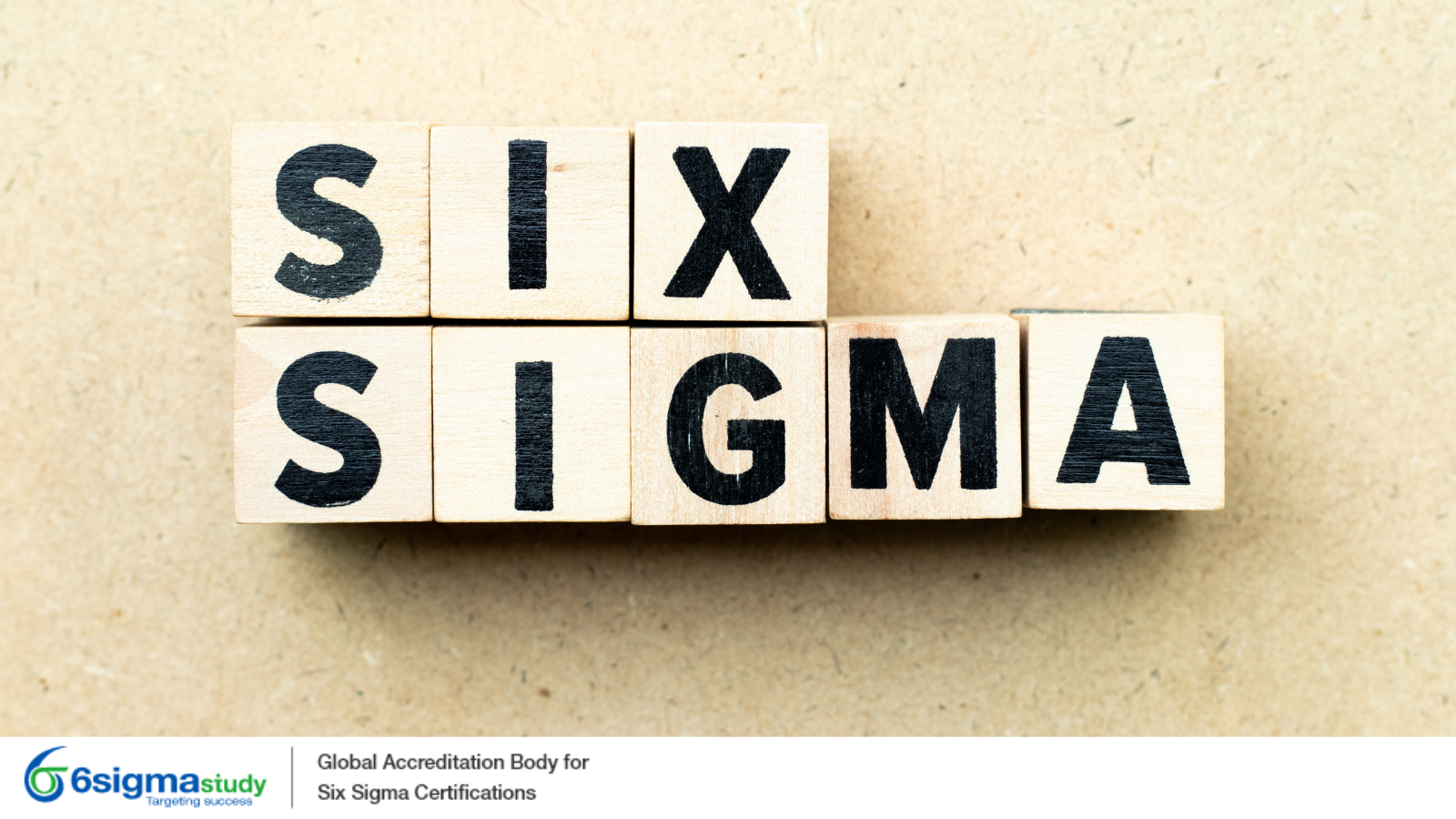Foundations of Six Sigma
Posted by 6sigmastudy® on February 21, 2021 | Six Sigma Methodology
Keywords: Six Sigma 6sigmastudy Six Sigma Yellow Belt (SSYB™) Six Sigma Green Belt (SSGB™) Six Sigma Black Belt (SSBB™) Lean Six Sigma Green Belt (LSSGB™) Lean Six Sigma Black Belt (LSSBB™) Free Articles Free Six Sigma Articles TQM Six sigma
‘Six Sigma’ can be defined as an approach or a philosophy or a technique. It enables an organization to improve the effectiveness and efficiency of its business processes. It focuses on identifying variations, reducing defects, and optimizing customer satisfaction.
It was during 1980’s that two engineers Bill Smith and Mikel Harry of Motorola introduced a well-defined concept of Six Sigma that interlinked reduction of defects to quality improvement. It was Bill Smith who laid down the foundations of Six Sigma, and he is also known as the ‘Father of Six Sigma’.
Six Sigma can be defined and viewed in the following ways:
- Philosophy- as a philosophy, it aims at defining a set of values. Defects or errors in the process are primary obstacles in the path for success of any organization. ‘Quality’ is a key factor in Six Sigma. It focuses on providing best quality products or services to customers. It gives great importance to the ‘Voice of the Customer’, where customers are considered as one of the most important stakeholders.
- Technique: As a technique, Six Sigma uses the DMAIC model (Define Measure, Analyze, Improve, and Control) to determine the root cause of variations and also its probable solution. This model is used when an existing product or process is in need of improvement. Another model that is used is DMADV model: Define, Measure, Analyze, Design and Verify. It is used to develop a new process or product for an organization. This model comes in handy if an existing process is not working at its optimum level. An organization can apply both these models simultaneously or can apply each of them separately. The Six Sigma technique also makes use of some well-defined statistical analysis tools like flow chart/process map and qualitative methods like benchmarking, brainstorming, and the 5S system.
- Goal: As an objective in itself, achieving Six Sigma levels enables a company to reduce variation, minimize defects, shorten cycle time, improve yield, enhance customer satisfaction, and boost the bottom line.

